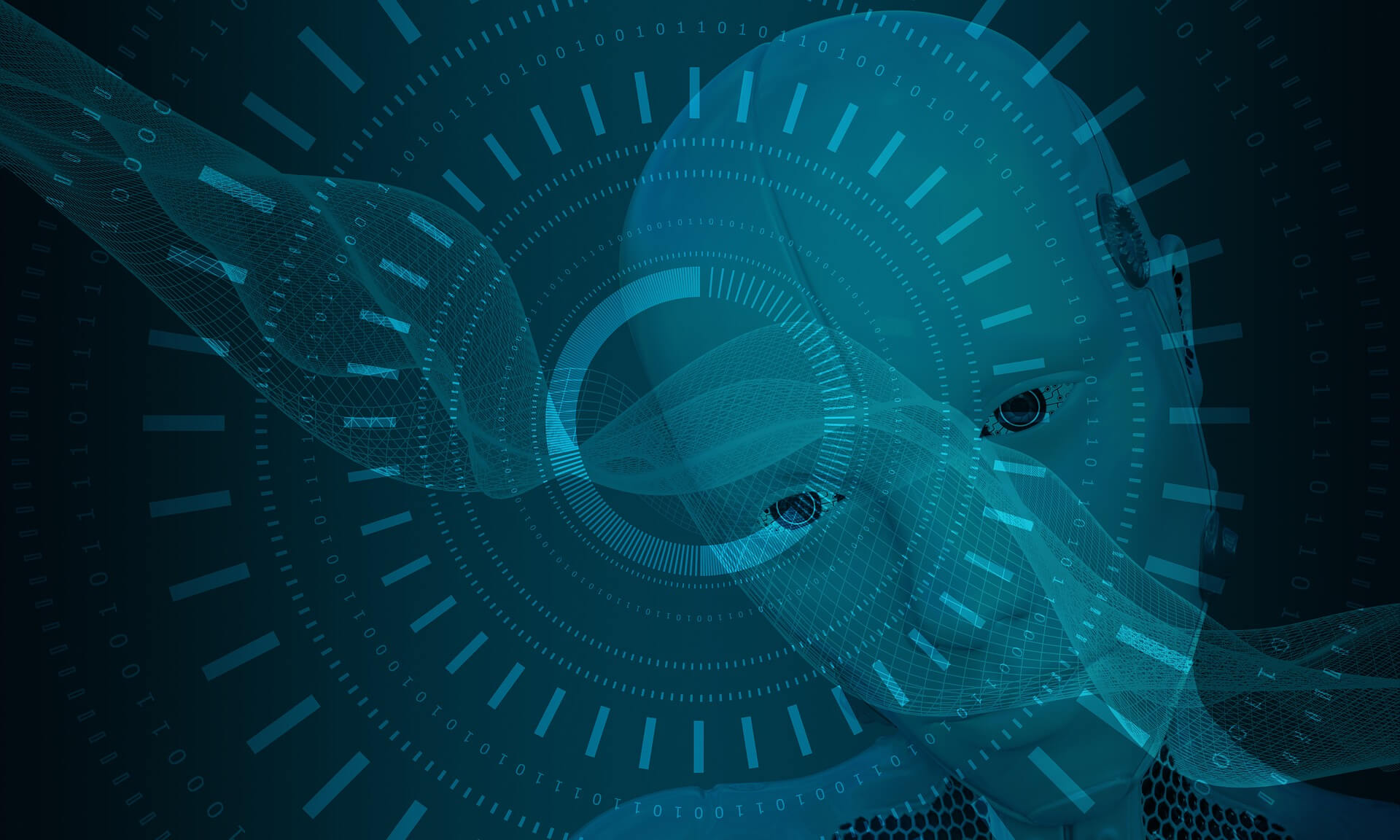Artificial Intelligence is built as a digital equivalent of cognitive intelligence. Although AI systems could interact with humans efficiently, the level of emotional engagement is still modest. This is because humans not only use speech to communicate but also their gestures, emotions, and expressions.
An advancement of artificial intelligence is artificial emotional intelligence or emotional AI that observes human body features like eyes, facial expressions, hand movements, speech, or sound, etc., to comprehend their emotions, and mimic human response. The principal notion of emotional AI is to interpret human emotions and respond likewise.
Emotional AI Trends and Instances
1. Facial Expression
AI captures and analyzes the real-time expressions in a person’s face through standard webcams or optical sensors. The AI algorithm that is inbuilt identifies the features of the human face such as eyebrows, nose tips, jawline, verbal expressions, etc., and maps them into emotions. Then these emotions are analyzed to classify facial expressions. The core purpose of this application is identification that provides authentication for mobile applications, rescue and security purposes.
Also, companies like Emotient and Affectiva are decrypting human emotions by analyzing facial expressions for brands and retailers to help them with a variety of tasks including prevention of shoplifting and figuring out a shopper thought or opinion about a displayed product.

Source: https://cdn.shortpixel.ai/spai/w_695+q_lossy+ret_img+to_webp/https://www.affectiva.com/wp-content/uploads/2018/03/Screen-Shot-2018-03-21-at-8.58.07-AM-790×832.png
2. Voice Emotion Recognition
Here the AI algorithm understands the sounds or voice and observes the changes in the tone, pitch, tempo, voice or sound quality and differentiates the emotions to impersonate human-like response. This enables the development of real-time voice recognition apps and devices. Also, this can be used to analyze pre-recorded sounds to identify a person or gender.
Consider, Munich based audEERING that specializes in emotional AI. Their call center speech analysis software CallAIser can analyze the speaker’s mood and the atmosphere of the conversation.
3. Eye-tracking
An advanced algorithm interprets the eye movements as virtual commands; say, the lateral eye movements to swipe and turn while blinking means a move forward and so on. This algorithm can also be customized by programming the controls with personalized syntax.
This is significant in health-tech as it comes handy for people who suffer from locked-in syndrome, traumatic brain injuries, strokes or any other motor neuron diseases. A Belgium based R&D innovation organization has developed a smart glass with EOG technology (electrooculography technology) that can detect abnormal eye movements and can be used for identifying neurological disorders.
Consider Eye Control, An AI-powered eye tracking wearable device that enables 24/7 tracking of eye movements. The device captures and tracks the eye movements and additionally interprets it into audio via speaker.
The future with Emotional AI
The advancement of AI with emotions can be the key to bridge the gap between humans and artificial. Also, by analyzing and adapting human thoughts and abilities, it can emphasize a practical and logical approach like humans; posing a competitive edge to Artificial Intelligence. Furthermore, emotional AI will initiate new job opportunities as the development of emotional AI requires tackling challenges like training and implementing specific emotional models, troubleshooting and maintenance.









